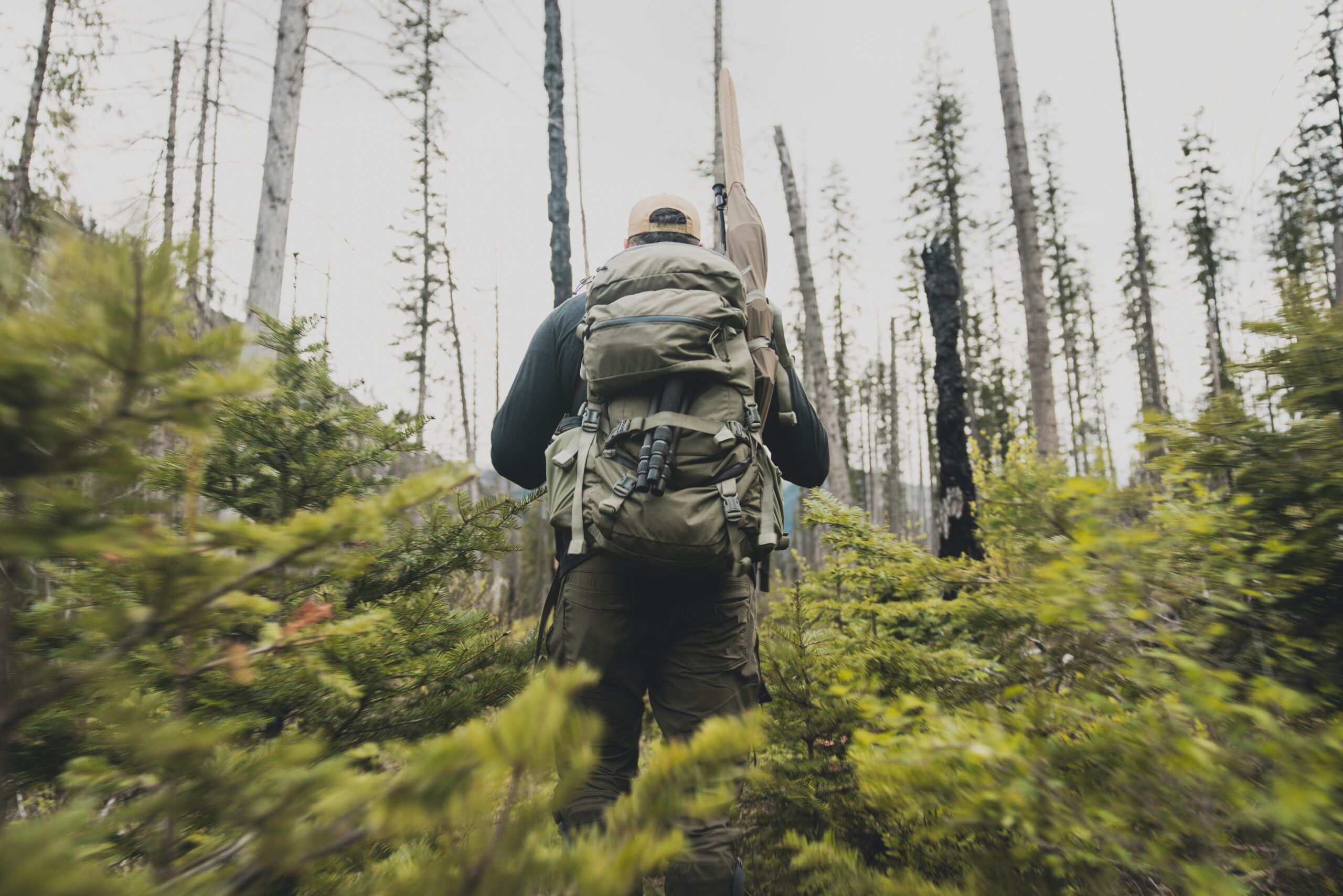Spring hunting presents a unique set of challenges, with thickening foliage creating both opportunities and obstacles. As the landscape bursts back to life, hunters must adapt their strategies to navigate dense cover, maintain visibility, and stay one step ahead of wary game. Whether you’re pursuing turkeys, deer, or predators, understanding how to hunt effectively in heavy vegetation can make all the difference.
This guide will break down the key tactics for hunting in thick spring cover, including stealth movement, shot placement, scouting techniques, and gear recommendations.
Understanding the Challenges of Thick Spring Cover
Spring hunting is unlike fall or winter seasons because:
- Vegetation is denser: Bushes, saplings, and tall grasses limit visibility.
- Animal movement changes: Game animals adjust their travel routes and bedding areas based on new cover.
- Sound travels differently: Thick foliage dampens sound, making it easier for animals to move undetected while also muffling hunter calls.
- Shot opportunities are limited: Dense brush can make it difficult to find a clean, ethical shot.
Despite these obstacles, thick cover offers great advantages—providing natural concealment and allowing hunters to get closer to their quarry if they know how to move and position themselves strategically.
1. Scouting for Success: Locating Game in Dense Cover
Before heading into the woods with your weapon, pre-season scouting is crucial. Here’s how to locate game efficiently:
Look for Natural Travel Corridors
Animals prefer paths of least resistance even in dense areas. Focus on:
- Edge habitats where thick cover meets open fields.
- Creek beds and ridges, which provide natural game highways.
- Old logging roads and trails, which animals use to move unseen.
Use Trail Cameras Wisely
- Position cameras near bottlenecks where dense brush forces animals into predictable routes.
- Set up near feeding areas and water sources, as thick cover often provides great food options in spring.
Identify Bedding and Roosting Areas
- Whitetails: Look for dense patches of cedars, laurels, or thick brush where deer bed during the day.
- Turkeys: Roost in taller trees but prefer thick undergrowth for protection when feeding.
The more you understand an animal’s movements, the better you can position yourself for a successful hunt.
2. Moving Stealthily in Dense Vegetation
Thick cover makes it easier to stay hidden, but also makes it easier to spook game. Use these movement strategies:
Slow and Controlled Movement
- Take short, deliberate steps to avoid sudden noises.
- Walk with the rhythm of nature—pause often, mimicking the way deer or predators move.
Use Cover to Your Advantage
- Move alongside trees rather than in the open.
- Stay in the shadows whenever possible.
Minimize Sound
- Wear soft fabrics that won’t snag on branches.
- Avoid excessive gear—secure loose straps and accessories that can rattle.
- Hunt in damp conditions (after rain), which softens the ground and reduces noise.
3. Setting Up the Perfect Ambush in Thick Cover
Once you’ve found a good hunting spot, you’ll need to adjust your setup for limited visibility and tight shooting lanes.
Choosing the Right Location
- Find a natural shooting lane—an opening in the brush where animals are likely to pass.
- Position yourself with thick cover behind you to break up your silhouette.
- Sit above game trails on a rise or slope for a clearer view.
Hunting from the Ground vs. a Stand
- Ground blinds: Great for turkeys or predator hunting but must be brushed in to blend with surroundings.
- Tree stands: Offer better visibility but require choosing the right tree to avoid being blocked by foliage.
Use Calls and Scents Strategically
- Turkey hunters: Use softer calls like purrs and clucks to lure birds into range without alarming them.
- Deer hunters: Use scents and rattling sparingly—dense cover makes it hard to pinpoint exact locations.
4. Adjusting Shot Placement for Thick Cover
Shooting in dense foliage requires patience and discipline. Follow these rules for ethical shots:
Choose Your Shooting Lanes Wisely
- Avoid shooting through thick brush, as branches can deflect bullets or arrows.
- Wait for a clear broadside shot rather than forcing a risky angle.
Use the Right Firearm and Ammo
- Shotgun for turkeys: Use tight chokes and heavy loads for penetration through vegetation.
- Rifles for deer: Opt for heavier bullets (like .308 or .30-06) that maintain trajectory better through light brush.
- Bows and crossbows: Stick with fixed-blade broadheads, which perform better than mechanical ones if they hit twigs.
5. Gear for Hunting in Thick Cover
Your hunting setup should match the demands of dense terrain.
Clothing & Camo
- Use 3D leaf suits or ghillie suits for ultimate concealment.
- Choose moisture-wicking, breathable fabrics for staying comfortable in humid spring weather.
Optics & Navigation
- Binoculars: Essential for spotting movement through thick brush.
- GPS or Compass: Avoid getting turned around in dense forests.
Essential Tools
- Pruning shears: Clear small branches in shooting lanes.
- Knee pads or cushion: Comfort for long sits in ground setups.
- Bug spray or Thermacell: Insect protection in thick spring cover.
Final Thoughts: Thriving in Thick Spring Cover
Hunting in dense spring vegetation presents challenges, but with the right tactics, you can turn thick cover into an advantage. By scouting effectively, moving stealthily, setting up correctly, and choosing ethical shots, you’ll be prepared to take down your target even in the toughest terrain.
Thick spring cover may limit your visibility, but it also provides opportunities for closer encounters and better concealment—use it wisely, and you’ll come out on top this season.


